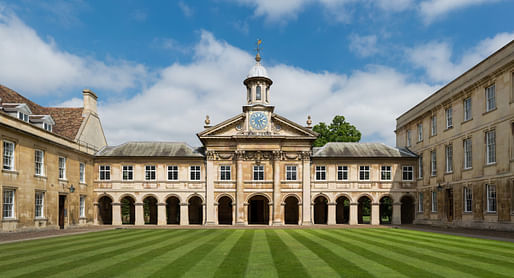

Researchers from the University of Cambridge have unveiled a “first-of-its-kind AI model” that can help policymakers identify and prioritize houses for retrofitting and other decarbonizing measures. The deep learning model, trained by researchers from the university’s Department of Architecture, promises “to make it far easier, faster, and cheaper to identify these high-priority problem properties and develop strategies to improve their green credentials,” the team says.
The model and wider research centers on ‘hard-to-decarbonize’ (HtD) houses that, while responsible for a quarter of all direct housing emissions, are rarely identified or targeted for improvement. According to the team, the age, structure, location, availability of data, and socioeconomic context can all lead to a house being classified as HtD.
In response, a team including urban researcher and data scientist Maoran Sun and the university’s Sustainable Design group lead, Dr. Ronita Bardhan, has developed their AI model to classify HtD houses with 90% precision — a success rate they expect to grow as more data is added.
Trained on open-source data, including Energy Performance Certificates, street view images, aerial images, and land surface temperatures, the model identified 700 HtD houses and 635 non-HtD houses in a test across Cambridge, England.

“This is the first time that AI has been trained to identify hard-to-decarbonize buildings using open-source data to achieve this,” Bardhan explains. “Policymakers need to know how many houses they have to decarbonize, but they often lack the resources to perform detailed audits on every house. Our model can direct them to high-priority houses, saving them precious time and resources.”
The team is now exploring a more advanced framework that will bring additional data layers related to energy use, poverty levels, and thermal images of building facades. They expect this to increase the model’s accuracy but also to provide even more detailed information.
“We can now deal with far larger datasets,” Bardhan adds. “Moving forward with climate change, we need adaptation strategies based on evidence of the kind provided by our model. Even very simple street view photographs can offer a wealth of information without putting anyone at risk.”
No Comments
Block this user
Are you sure you want to block this user and hide all related comments throughout the site?
Archinect
This is your first comment on Archinect. Your comment will be visible once approved.